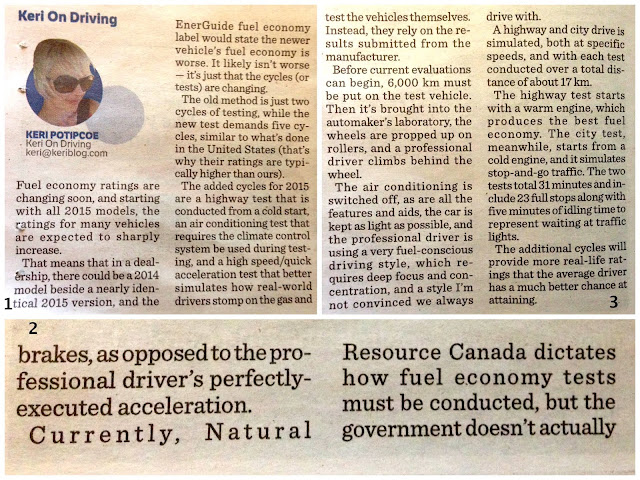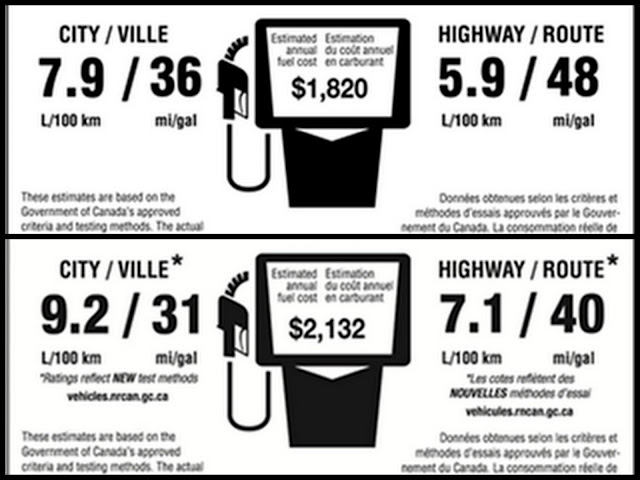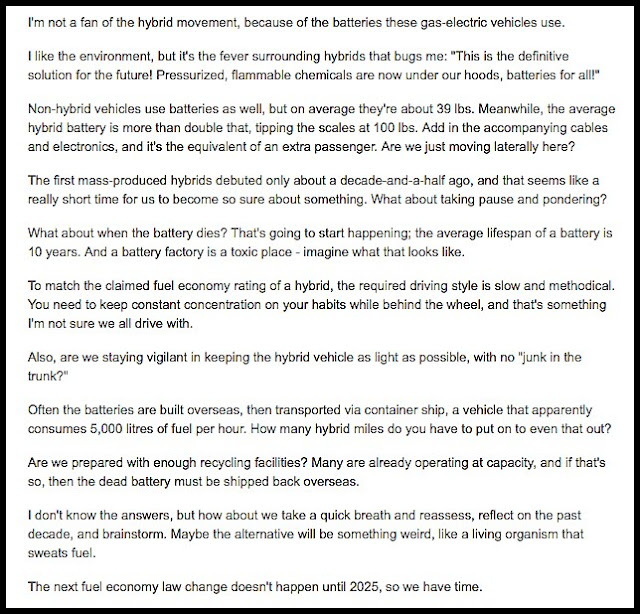See the 3rd line down on the left.
Meaning, this 1931 Ford Model A achieved 20 MPG or 11.7 L/100km.
11 L/100km… the same as many cars today.
Come ON. Eyes are rolling out of my head.
Yes, today’s cars have way more features, both safety and comfort ones, are much heavier, and probably burn that fuel more efficiently, but for all the fuss made about the efficiency of today’s engines, shouldn’t this number be much lower?
(not picking on Ford, they make efficient engines, including their all-new 1.0L which I quite liked, review here.)
(Note – the fuel economy ratings are changing this year; here’s a column about that.)









